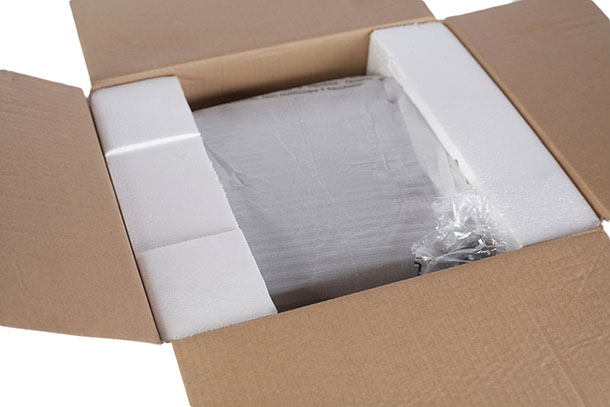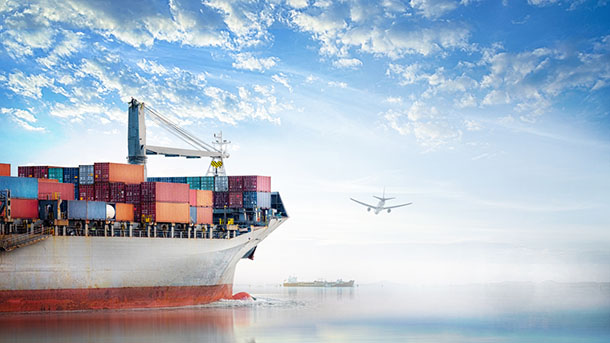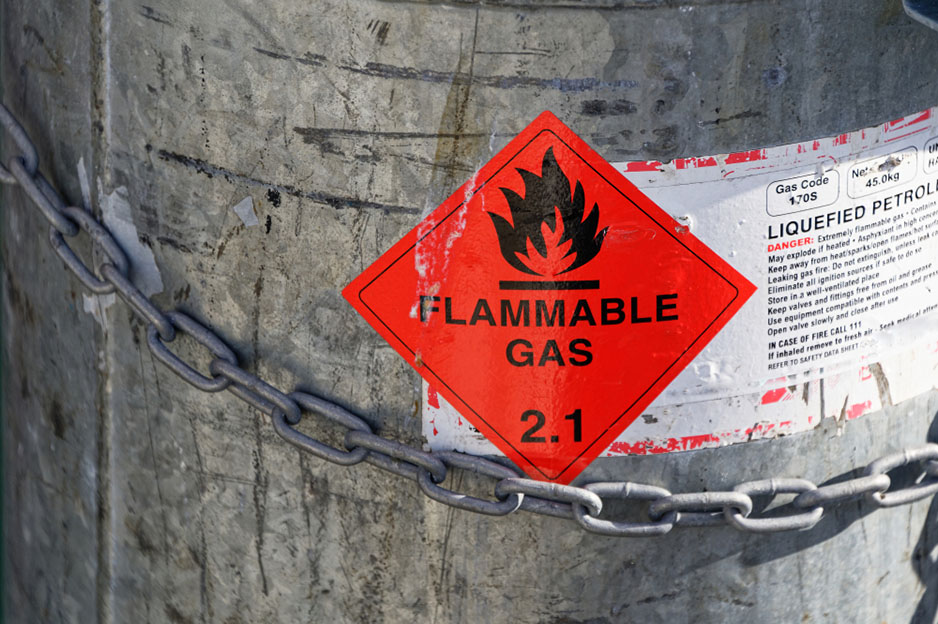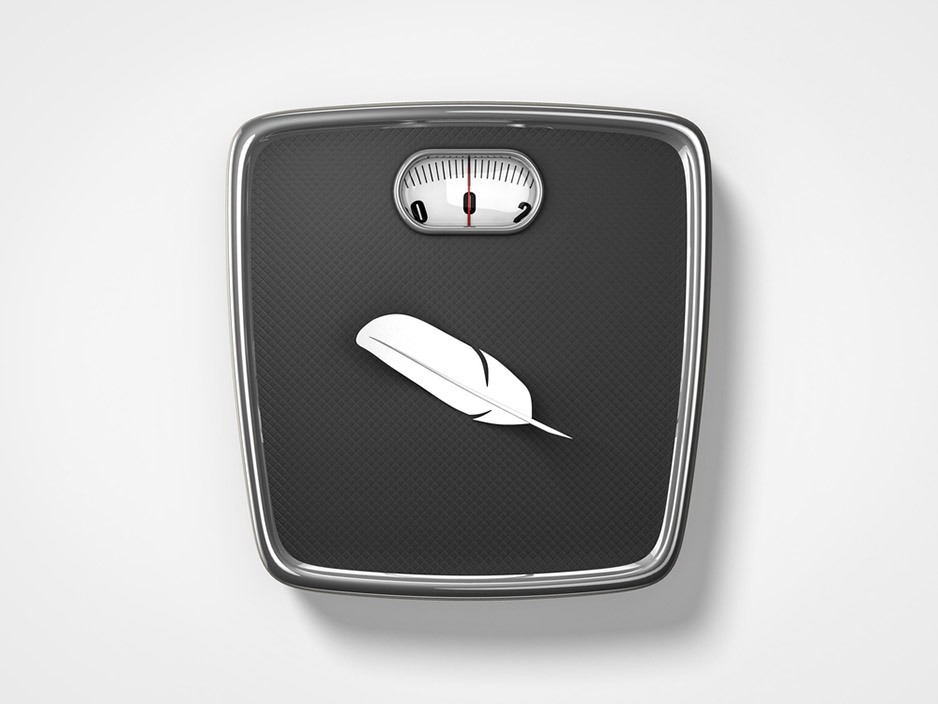Source: tiko_photographer/Shutterstock.com
Styrofoam is everywhere in our daily lives, and most people aren’t aware of its detrimental impact on the environment. It’s a number 6 plastic which takes up to 500 years to decompose. So is styrofoam packaging recyclable? The answer is complex. Before we get into the details, here is a brief set of facts to consider:- Styrofoam is a number 6 plastic, making it a challenge to recycle.
- Polystyrene takes 500 years to decompose.
- Restrictions around recycling styrofoam mean it often ends up in a landfill.
- This trash can pollute water supplies for humans and marine life.
- Choosing an eco-friendly packaging alternative is a good option.
What Is Styrofoam Made From?
Styrofoam is a brand name for polystyrene that was trademarked in 1941. It’s made of a petroleum-based product called styrene, which expands under pressure in a process called extrusion until it forms the closed cell styrofoam product. Polystyrene is a transparent thermoplastic that is classified as a number 6 plastic. You’ll notice all plastics have a number on them, which indicates how they should be disposed of. While number 1 and 2 plastics like PET water bottles are easy to recycle, numbers 4 to 7 are not part of universal recycling programs. Styrofoam is most commonly found in the packaging of consumer products. Because of the lack of recycling support, it frequently ends up in landfills where it takes centuries to break down.Is Styrofoam Packaging Recyclable?
The length of time it takes styrofoam to biodegrade means that if you toss it out with your trash, it’s going to sit in a landfill for roughly 500 years. Nobody wants to leave that kind of legacy in the environment, but what are the alternatives? Is styrofoam packaging recyclable? Technically, yes, but it’s challenging to recycle styrofoam properly. Because of how long it takes for styrofoam to break down naturally, the best option for recycling it is to reuse it. Some retailers and couriers accept used styrofoam they can use for packaging shipping materials. Depending on where you live, your region might have a collection program for number 6 plastics, which requires special equipment to be broken down. If this is the case, you’ll be able to put your styrofoam out with your regular recycling. But keep in mind that if the styrofoam has been contaminated with food or other non-recyclable debris, it cannot be recycled. The best option is to reduce your use of styrofoam. Try to remember your reusable container when you order takeout from a restaurant, or choose restaurants that have made the switch to cardboard takeout containers. When shipping merchandise, the best solution is to seek sustainable packaging alternatives. Use Eco-Friendly Packaging That Is Biodegradable and Sustainable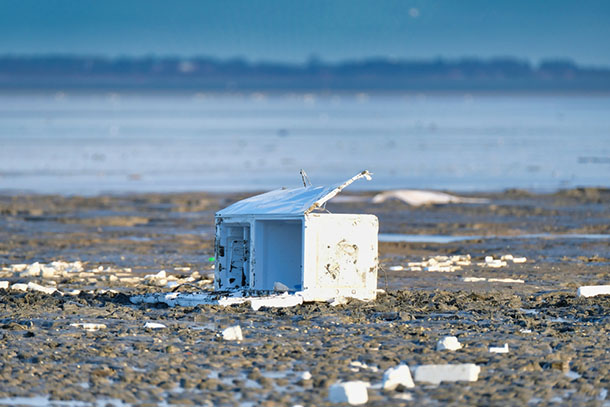
Source: DasyaDasya/Shutterstock.com
The Environmental Impacts of Styrofoam
Styrofoam is not a form of eco-friendly packaging because of its resistance to photolysis. According to the International Agency for Research on Cancer, polystyrene is a human carcinogen, making it a problematic form of environmental pollution. Styrofoam is often coated in flame-retardant chemicals, which can leach out into our drinking water, especially when the styrofoam is exposed to heat or sunlight. The chemicals and toxins released by polystyrene materials can also cause harm to marine life once they make their way into the ocean. Contaminants that find their way into the water where fish and marine life live are consumed by humans as seafood. By choosing polystyrene products for packaging, the shipping industry contributes to the global waste crisis. The only way to reduce the damage that has already been done is to make drastic changes to the materials that are used within the industry. Unsure What Is Vermiculite? Check Out Our Guide!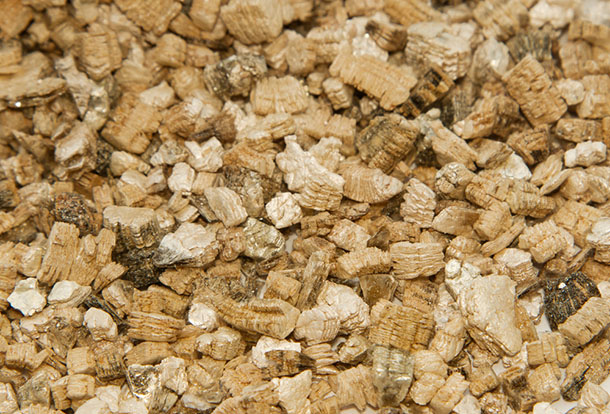
Source: Praisaeng/Shutterstock.com
Alternatives to Styrofoam Packaging
The best way to protect the environment is to choose more eco-friendly alternatives to styrofoam. Options for takeout containers and cups are PLA-lined paper, aluminum and poly-coated paper. For shipping and packaging, a more environmentally conscious option is for companies to choose coarse vermiculite. What is vermiculite? It’s a naturally occurring mineral that expands when heat is applied. In its final expanded form, vermiculite shares many of the properties that polystyrene possesses, such as shock absorption and water-resistance, making it a suitable choice for packaging materials for shipping. Vermiculite is a lightweight thermal insulation filler with an extremely low density. Vermiculite is already being used in the shipping industry because its lightweight doesn’t increase your shipping costs, but the impact absorbency it provides protects your products. It’s also non-abrasive, ensuring delicate items won’t be scratched in transit despite tight packing. Other materials you might consider for your shipping business that are better for the planet than styrofoam include:- Air pillows
- Corrugated bubble wrap
- Biodegradable packing peanuts

